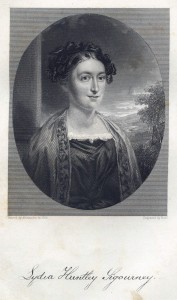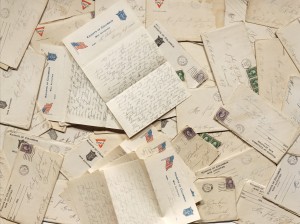We welcome and herewith introduce our Spring semester Fellows with great hopes for their projects:
 David Field ’15, originally from Franklin, Massachusetts, is currently in his junior year at Trinity College, where he is an English major with a focus in creative writing as well as a minor in Writing, Rhetoric, and Media Arts. David has written two novels and is currently at work on two other projects, all of which he hopes to publish. He plans to attend an MFA program after Trinity and go on teach creative writing at the college level.
David Field ’15, originally from Franklin, Massachusetts, is currently in his junior year at Trinity College, where he is an English major with a focus in creative writing as well as a minor in Writing, Rhetoric, and Media Arts. David has written two novels and is currently at work on two other projects, all of which he hopes to publish. He plans to attend an MFA program after Trinity and go on teach creative writing at the college level.
David’s proposal is to explore the Watkinson’s collections for adaptations of canonical works such as Grimm’s Fairy Tales, Classical mythology, and the stories of specific authors like Edgar Allen Poe, Arthur Conan Doyle, and Lewis Carroll, and “produce my own short stories that re-envision these classic works using a more modern lens.” He intends to produce a small volume of these stories and donate it to the Watkinson.
 Juan Vasquez ’15, born and raised in Bushwick, New York, is a Theater & Dance major with a focus in Arts in the Community, with minor concentrations in Urban Studies and Film Studies. Having recently completed his fall semester at the Trinity/La MaMa program in New York, he is interested in exploring the intersection of community development and the Arts. These interests have lead him to work relentlessly within the non-profit sector in the hopes that civic engagement would catalyze a more inclusive society.
Juan Vasquez ’15, born and raised in Bushwick, New York, is a Theater & Dance major with a focus in Arts in the Community, with minor concentrations in Urban Studies and Film Studies. Having recently completed his fall semester at the Trinity/La MaMa program in New York, he is interested in exploring the intersection of community development and the Arts. These interests have lead him to work relentlessly within the non-profit sector in the hopes that civic engagement would catalyze a more inclusive society.
Juan intends to write and produce a staged reading of a play exploring the challenges of gay and transgendered people in Cuba, based partially on one of our recently acquired artist’s books, Eduardo Hernandez Santos’s El Muro, a series of ten pictographic triptychs showcasing the thwarted gay nightlife of Havana.
 Alix de Gramont ’15 was born in Paris, France and grew up in Santa Barbara, California. She is studying Religion, with a concentration in Judaism and biblical studies, at Trinity College. She currently works for Glenn Horowitz Bookseller as a cataloging assistant for the Dobkin Research Collection of Feminism and Judaica in New York City. She has been with Glenn Horowitz Bookseller since May 2013.
Alix de Gramont ’15 was born in Paris, France and grew up in Santa Barbara, California. She is studying Religion, with a concentration in Judaism and biblical studies, at Trinity College. She currently works for Glenn Horowitz Bookseller as a cataloging assistant for the Dobkin Research Collection of Feminism and Judaica in New York City. She has been with Glenn Horowitz Bookseller since May 2013.
Alix plans to explore the major trends in book design and production over the past five centuries, using examples from the collections and our excellent secondary source material on the subject, and create a series of sketches illustrating these trends, as well as a few physical examples.
 I am pleased to announce the availability of copies of a limited, signed and numbered edition (1 through 30) of a 3-color lino-cut print by local artist Kait Lennon, a recent graduate of the University of Hartford Art School and a printer at Hartford Prints!
I am pleased to announce the availability of copies of a limited, signed and numbered edition (1 through 30) of a 3-color lino-cut print by local artist Kait Lennon, a recent graduate of the University of Hartford Art School and a printer at Hartford Prints! Also available for those who donate to the Whitman:
Also available for those who donate to the Whitman:











